From Galileo's Lens to Space Giants: 10 Milestones in Telescope History
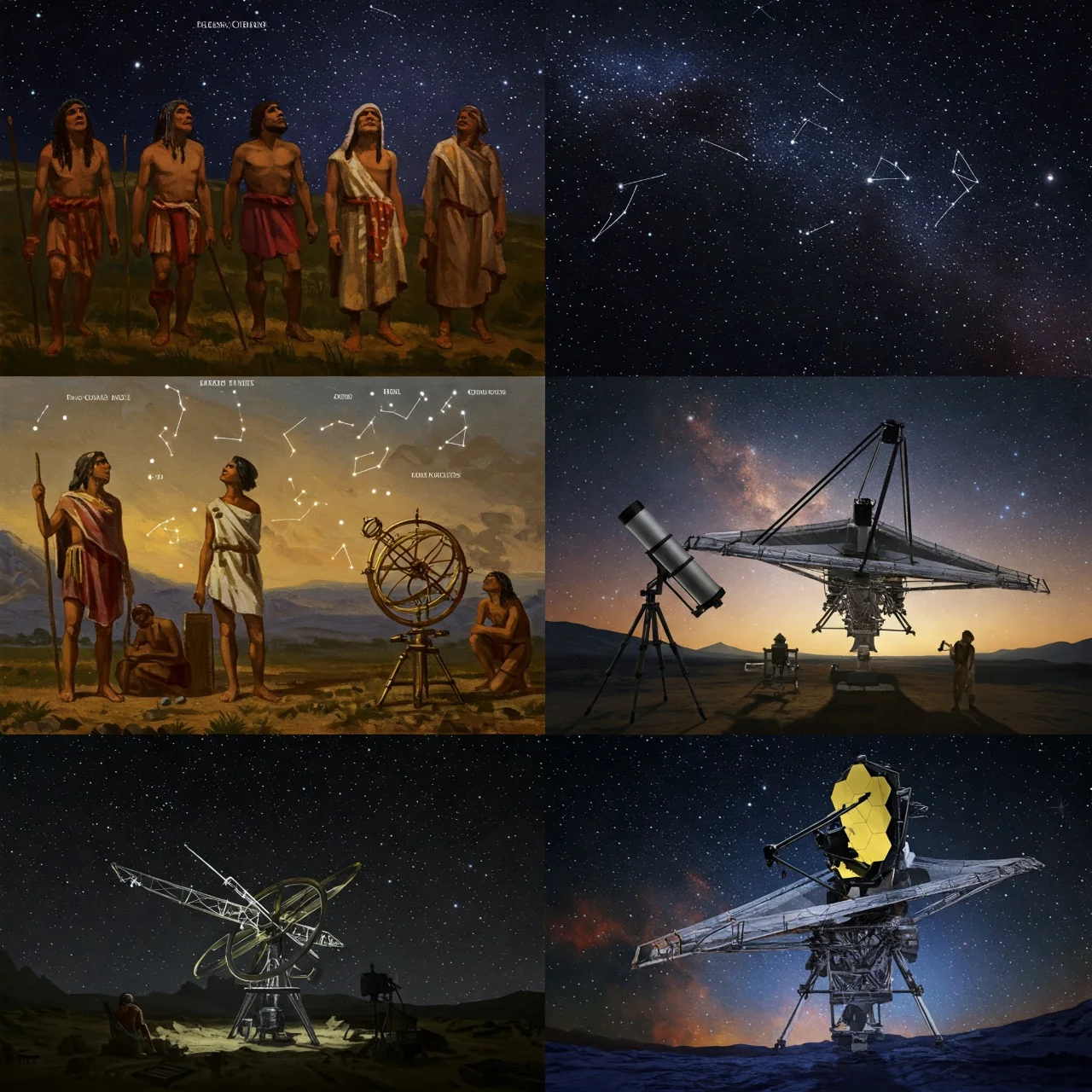
Introduction: A Window to the Universe

For millennia, humans have gazed at the night sky, driven by curiosity about the cosmos. But our understanding remained limited until the invention of the telescope. This listicle journeys through 10 pivotal moments in the history of telescopes, charting its evolution from simple refracting devices to the complex, high-powered instruments we use today. Discover how these innovations reshaped astronomy and our place in the universe. Get ready to explore the milestones that brought the stars closer!
1. The Birth of the Refractor (Early 17th Century)
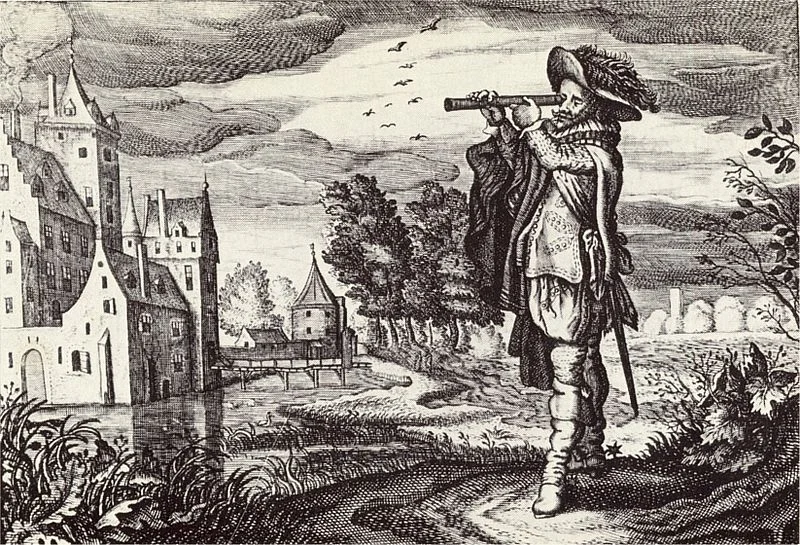
While the exact inventor remains debated, Hans Lippershey, Zacharias Janssen, and Jacob Metius all experimented with lenses in the early 1600s, leading to the first patent applications for refracting telescopes. These early telescopes, using lenses to bend light and magnify distant objects, marked a revolutionary leap in observation. Though providing distorted images by today’s standards, they opened a new era of seeing beyond the naked eye. The history of telescopes begins here.
2. Galileo's Celestial Revelations (1609)
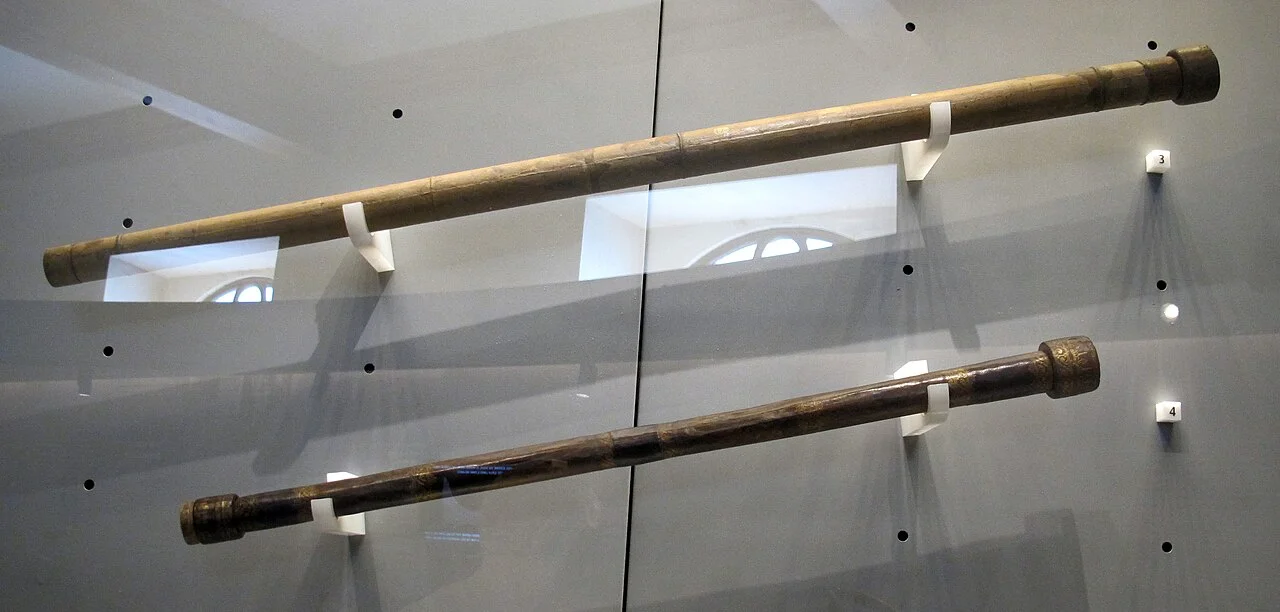
Galileo Galilei dramatically improved upon existing telescope designs and became the first to systematically use a telescope for astronomical observation. He discovered the moons of Jupiter, the phases of Venus, and sunspots – providing compelling evidence supporting the heliocentric model of the solar system. Galileo's observations challenged established beliefs and are considered a cornerstone in the history of astronomy and telescope use. This fueled the Scientific Revolution.
3. Johannes Kepler and Refractive Improvements (1611)
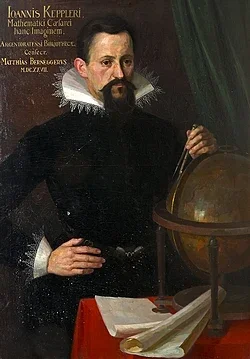
Johannes Kepler not only utilized the telescope for astronomical advancements but also made significant theoretical contributions to optics. He described how lenses should be shaped to correct chromatic aberration – the tendency of lenses to produce colored fringes around images. Kepler's 'Astronomical Refractor’ improved image quality, setting the stage for increasingly powerful telescopes. This innovation is a key point in telescope history.
4. The Reflecting Telescope – Newton's Innovation (1668)
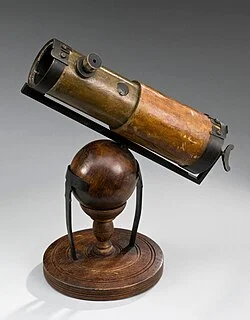
Isaac Newton built the first practical reflecting telescope using a mirror to gather and focus light. This design overcame the chromatic aberration inherent in refracting telescopes. Newton's telescope was shorter and easier to build than its refracting counterparts, paving the way for larger and more powerful instruments. The reflecting telescope fundamentally changed the astronomy history.
5. Large Telescopes Emerge (18th & 19th Centuries)
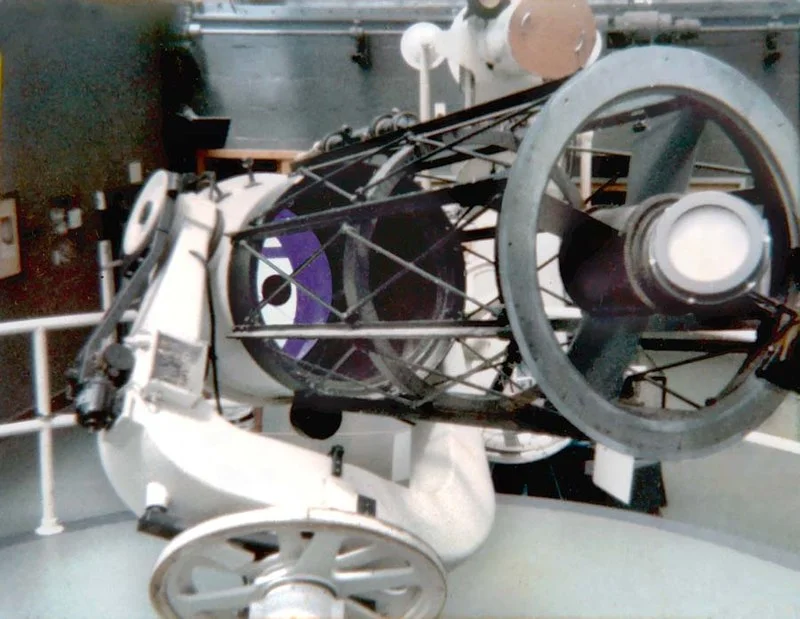
The 18th and 19th centuries saw a growing demand for larger telescopes. William Herschel built massive reflecting telescopes, including one with a 40-foot focal length, allowing him to discover Uranus and its moons. Improvements in mirror grinding techniques led to telescopes capable of reaching further into the cosmos. These giant telescopes expanded our view significantly.
6. The Mount Wilson Observatory & Stellar Evolution (Early 20th Century)
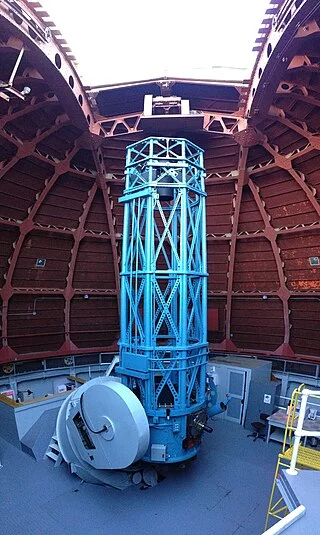
The Mount Wilson Observatory, completed in 1908, housed the world’s largest telescope at the time. This allowed astronomers like Edwin Hubble to make groundbreaking discoveries, including demonstrating that galaxies exist beyond the Milky Way and establishing the expanding universe. Hubble’s observations were crucial in understanding stellar evolution and cosmology. A pivotal period in stargazing history.
7. Radio Telescopes: A New Spectrum (1930s)
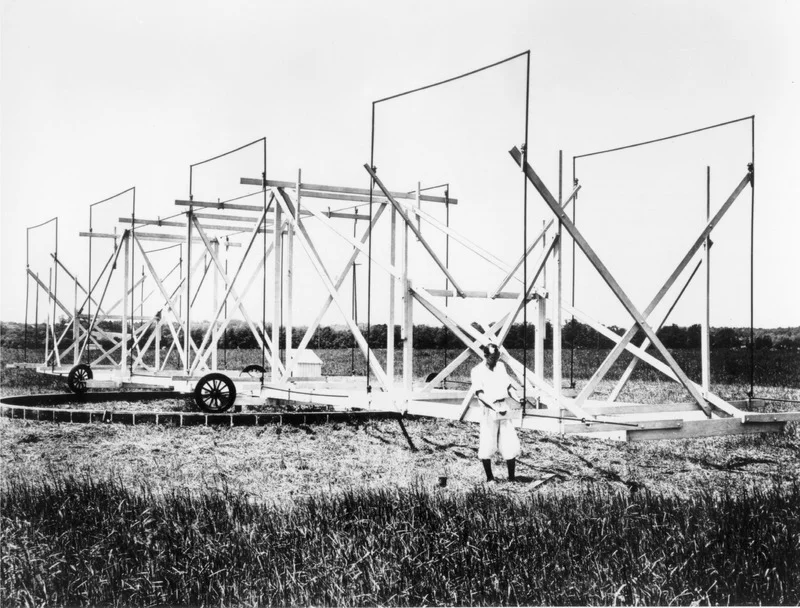
Karl Jansky's accidental discovery of radio waves from space in the 1930s led to the development of radio telescopes. These instruments detect radio waves emitted by celestial objects, revealing aspects of the universe invisible to optical telescopes. This broadened our understanding of astronomical processes. Radio astronomy added a new dimension to telescope history.
8. The Space Race & Hubble Space Telescope (1990)
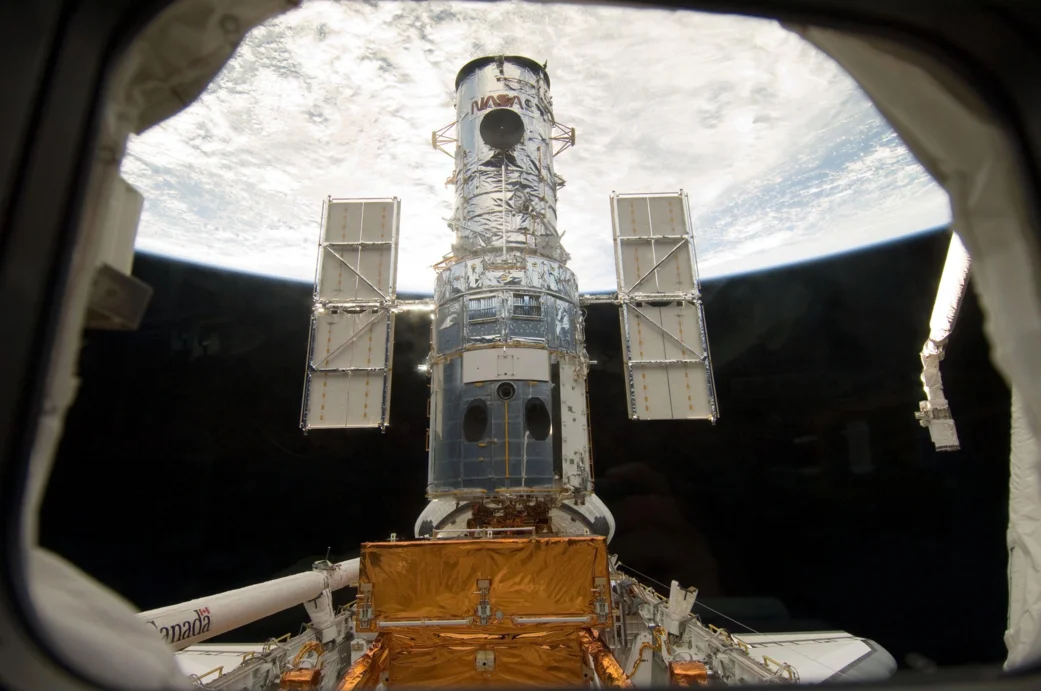
Launched in 1990, the Hubble Space Telescope revolutionized astronomy by escaping the distorting effects of Earth’s atmosphere. Hubble’s images provided unprecedented clarity and detail, furthering our understanding of galaxies, nebulae, and the age of the universe. It remains one of the most important telescopes in astronomy history, continuously providing data.
9. Giant Ground-Based Telescopes (21st Century)
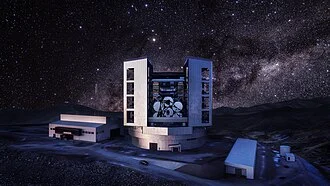
The 21st century has seen the construction of extremely large telescopes (ELTs) on Earth, such as the Very Large Telescope (VLT) and the upcoming Extremely Large Telescope (ELT). These telescopes utilize advanced optics and adaptive optics to overcome atmospheric distortions, providing images rivaling those from space. They are pushing the boundaries of telescope technology.
10. The James Webb Space Telescope: A New Era (2021)
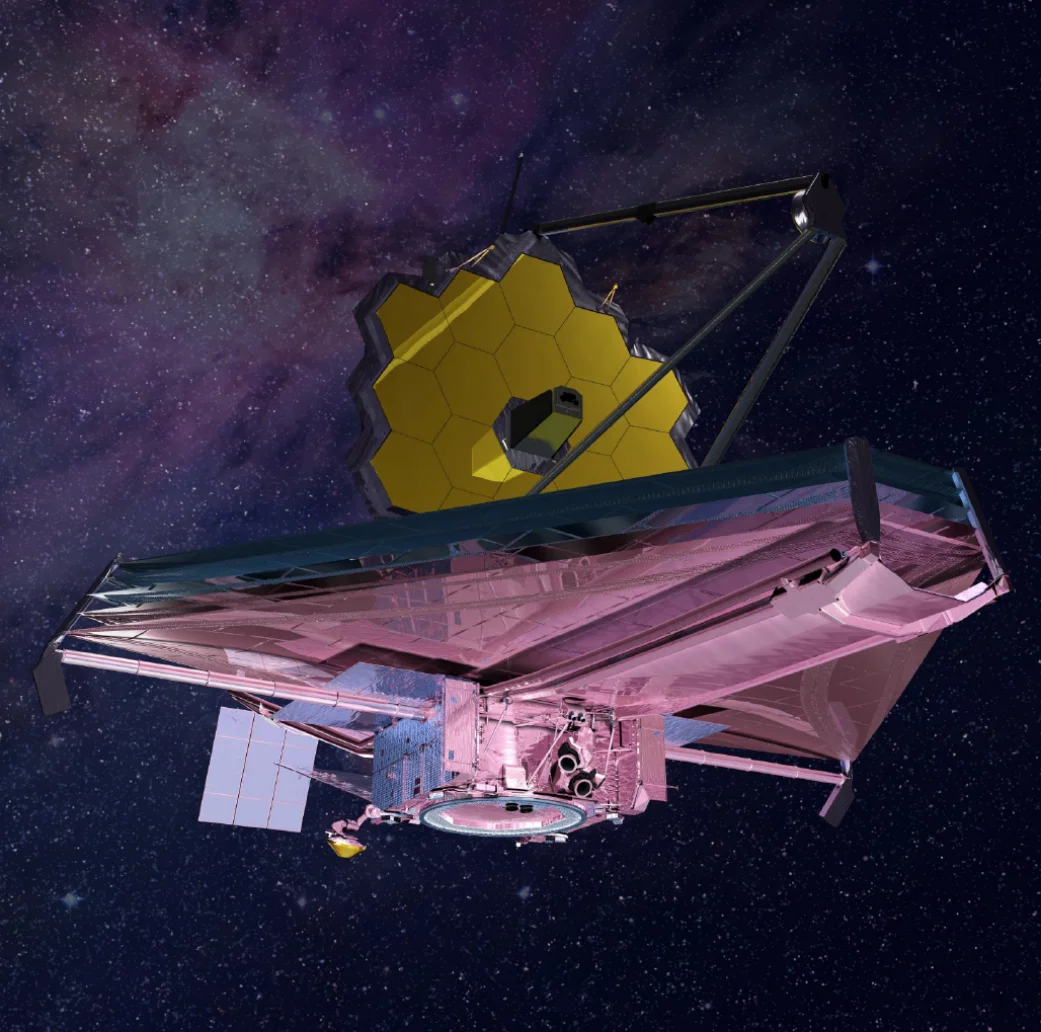
Launched in 2021, the James Webb Space Telescope (JWST) is the most powerful space telescope ever built. Operating primarily in the infrared spectrum, it can peer through dust clouds to observe the earliest galaxies forming in the universe. JWST is already transforming our understanding of the cosmos and a defining moment in the evolution of telescopes.
Comments
Loading comments...